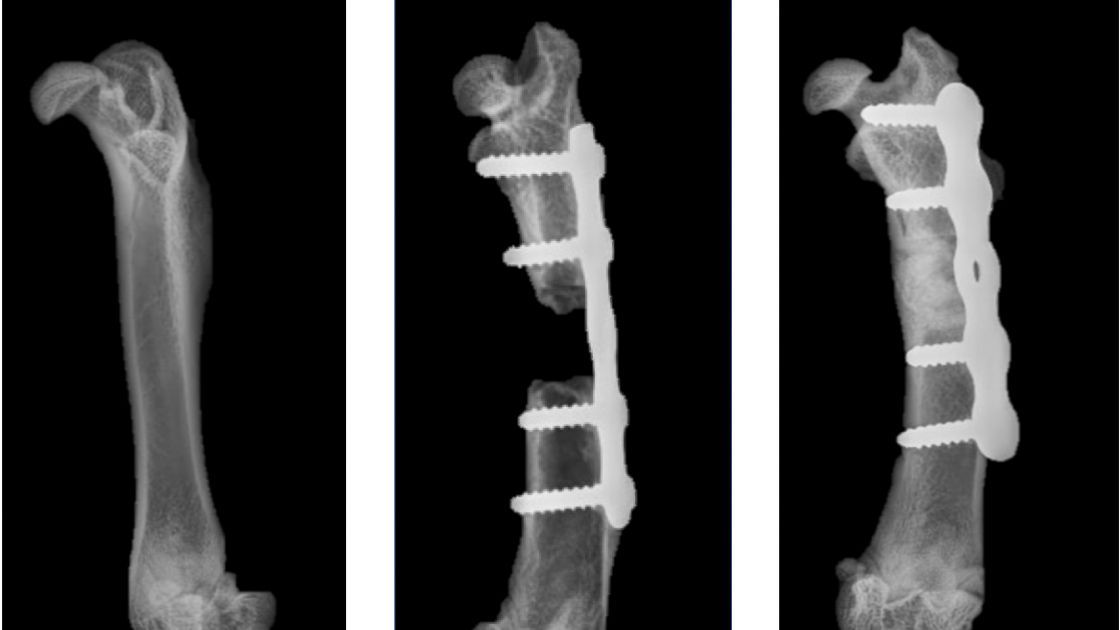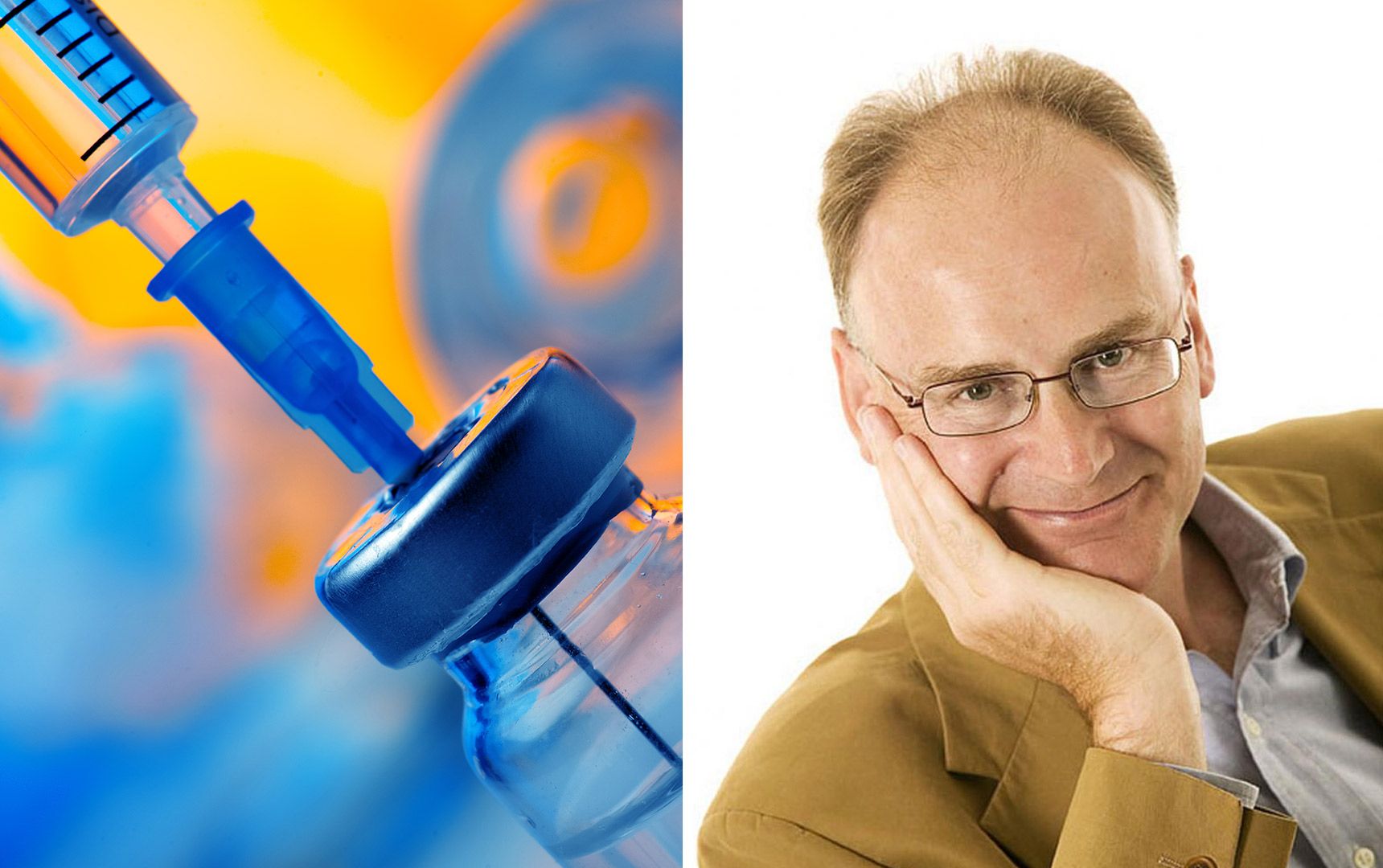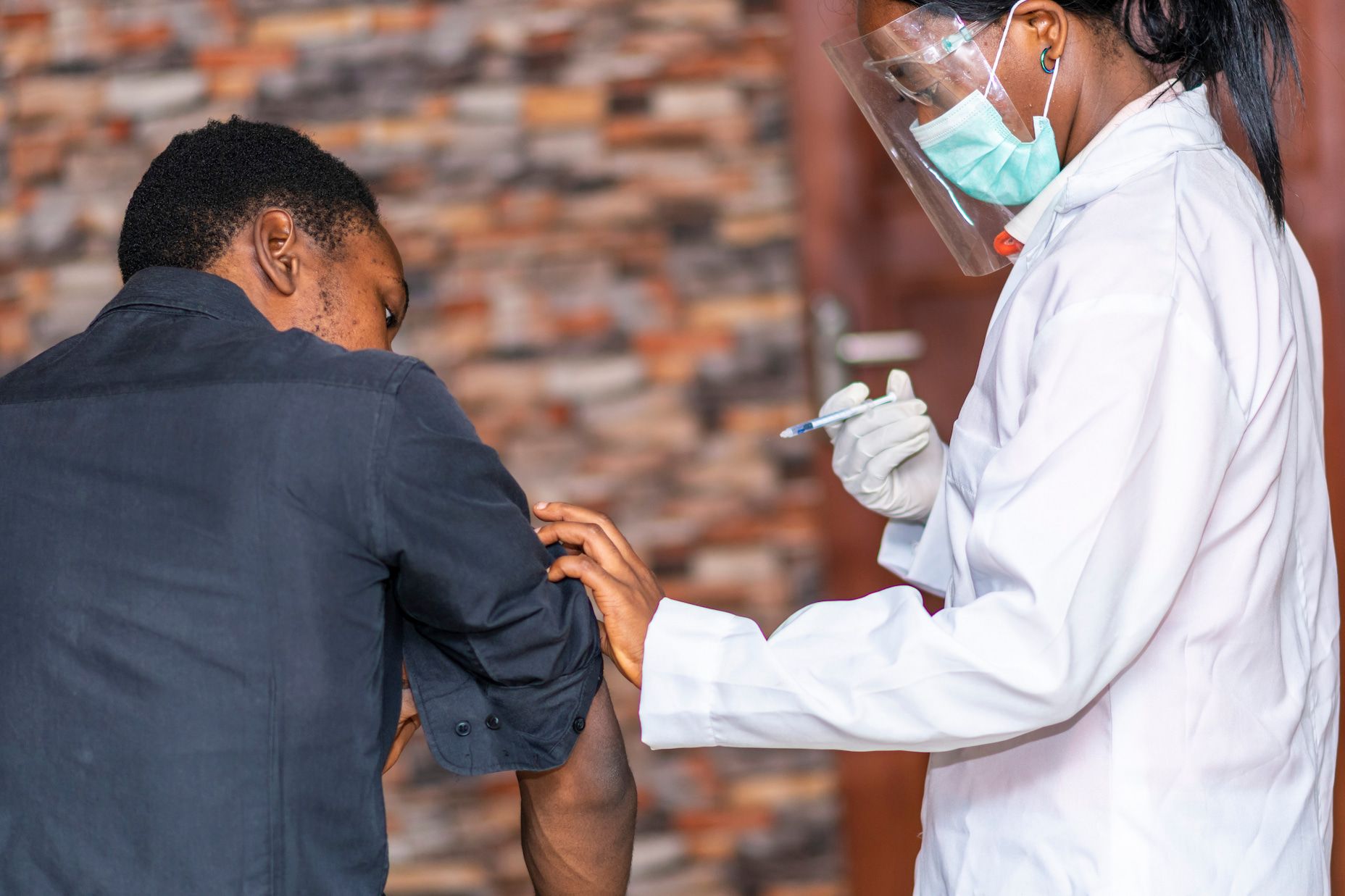
🚑 Artificial bone heals severe bone fractures
A new packaging of existing materials and drugs gives doctors a better opportunity to treat severe fractures.
Share this story!
Bones are normally very good at repairing injuries and fractures, but in about five percent of all fractures, the damage is so great that the natural healing process is not enough. Then doctors may have to transplant bones from the pelvis to repair the injury. It is an extensive procedure and now a research group has developed a much more flexible method.
Researchers from Lund University and Dresden have combined bone substitutes and drugs to regenerate bones . The method makes it possible to heal serious injuries caused by, for example, tumors or serious accidents without having to make a major operation to transplant bones from the patient himself.
So far, the method has only been tested on rats, but there is good hope that it will soon be able to be used on humans.
- The drugs and materials we used in the study for bone regeneration are already approved. We have only packaged them in a new combination. Therefore, there is really nothing to prevent the method already being used in clinical studies in certain difficult-to-heal major bone defects in patients. But we want to introduce the technology in a controlled form via clinical studies and have recently received ethical approval for the first indication, says Deepak Raina, orthopedic researcher and lead author of the study, in a press release.
The researchers have used three components in their method. It is an artificial ceramic material developed in Lund, an active bone protein (rhBMP-2) and a drug, bisphosphonate, which counteracts bone breakdown.
No side effects with new packaging
The fact that healthcare does not already use the method is due to the fact that there have been problems with bone protein in the past. A problem that researchers have now found a solution to.
- The bone protein we use has in previous studies had negative effects and has been shown to activate bone-degrading cells, among other things. We have successfully attenuated these cells with the bisphosphonates and by packaging the drugs in a slowly resorbing bone substitute we can control the release rate, says Deepak Raina.
The new packaging means that the method now works well to heal severe injuries.
- In the current study, we managed with the combination to reduce the amount of protein six times compared to before and still induce bone formation. The result was that even fractures with extensive bone defects could heal without complications. We believe this finding will be of great clinical benefit in the future, says Deepak Raina.
By becoming a premium supporter, you help in the creation and sharing of fact-based optimistic news all over the world.


